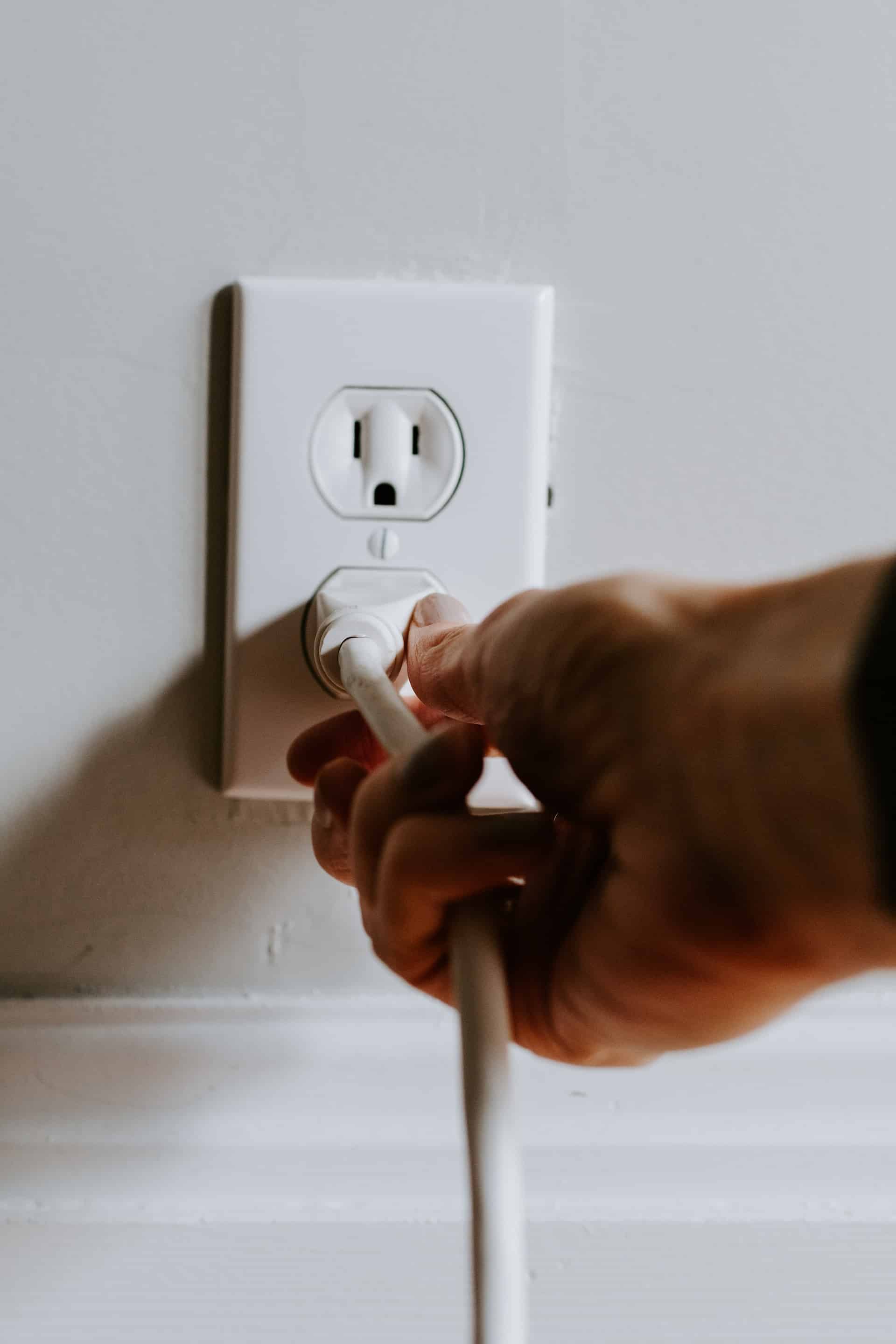There’s no denying the rising cost of living and how it’s affecting the average household. Many people are counteracting the impact of inflation by reining in their spending habits. From eating less takeout to buying more store brands, consumers are adopting a variety of belt-tightening tactics.
If it’s your monthly utility statements that have you wincing, the good news is that there are actions you can take to slash costs. This article will share five creative ways to reduce waste and lower those sky-high bills.
IMAGE: UNSPLASH
1. Install A Ductless Mini-Split System
There are more alternatives to traditional air conditioning systems than you might realize. One of those is a split AC unit. This wall-mounted device makes it possible to control the temperature in each individual room. That way you won’t waste energy cooling the entire house when you spend the majority of your time in just a few spaces.
The average house loses up to 40% of its cooling or heating energy through the ductwork. When you install a ductless mini-split system, you cut back on energy waste and lower your monthly utility bills. It’s a great solution for homeowners who rarely use certain rooms in their houses and want to keep costs low.
2. Unplug Devices When You’re Not Using Them
You’re not wasting energy as long as you turn off every device when it’s not in use, right? This is a common misconception that leads to energy waste. Obviously, it’s much better to turn electronic devices off when they’re not in use than to leave them on. But even if you turn them off, some can still sap power as long as they’re plugged into an outlet.
To cut back on energy waste and your monthly bill, remember to unplug devices when you’re done with them. If that sounds like something you won’t remember to do, at least unplug devices that are warm to the touch. If a device feels warm even when turned off, it’s still drawing power from the outlet. Video game consoles, computers, and TVs are common examples of devices that may still use power when turned off.
3. Consider Upgrading Older Appliances
It may be a source of family pride to use the old electric stovetop your parents passed down to you. But that sentimental family heirloom may be costing you every month. Older appliances are almost always less energy efficient than their more modern counterparts.
For optimal energy savings, look for appliances that have an Energy Star rating. This government rating is only given to appliances that meet stringent energy-efficiency standards.
There are some drawbacks to buying more eco-friendly machines, but the lower energy costs are usually worth any minor inconvenience. “Eco” dishwashers and washing machines may take longer to complete each cycle, but they use less electricity and water. Most homeowners are happy to accept longer washing times if it means they’ll have lower utility bills each month.
4. Reuse Dishwater To Water Plants
Some homeowners choose to wash their dishes by hand to cut back on energy costs. If you do this, you can take the savings a step further by saving your dishwater.
Once it’s cooled down, you may be able to use it to give your outdoor trees and shrubs a drink. If you use bleach or any other harsh chemicals to clean your dishes, you won’t want to repurpose that water. However, most mild dish soaps are perfectly safe for plants when used occasionally.
If you plan to repurpose dishwater for your plants, clean the dishes off into the trash can first. When your dishwater contains food particles, it can attract pests to your outdoor planting beds.
To minimize this risk, remove as much food residue from your dishes as possible before washing them. You should also test your plants’ tolerance to dishwater by using just a little at first. As long as you see no signs of damage, you can continue watering your plants in a less wasteful way.
5. Put A Rubber Brick In Your Toilet Tank
What do bricks have to do with lowering your utility bills? This tried-and-true tactic can help you avoid waste by tricking your toilet into using less water. As you probably learned in earth science, it achieves this impressive feat by displacing water in the tank with its own volume. As a result, less is literally flushed away each time you use the toilet. It’s an inexpensive way to conserve more water and thus reduce your utility costs.
The reason to use a rubber brick rather than a clay one for this purpose is that the latter can potentially damage the tank. When clay bricks dissolve in the toilet tank, the residue can get into the flush mechanism and cause problems. That makes a rubber brick a better choice, as it’s less prone to breaking down over time. Plus, it can swell to many times its own size, which means it can help you conserve even more water when you flush.
Homeowners have more power over their utility bills than many of them realize. If you’re tired of seeing those monthly costs go up, use the above methods to make a dent in them. You’ll soon be rewarded with more reasonable monthly bills. You’ll also have the satisfaction of knowing you’re reducing both waste in your household and harm to the environment.
IMAGE: UNSPLASH
If you are interested in even more lifestyle-related articles and information from us here at Bit Rebels, then we have a lot to choose from.


COMMENTS